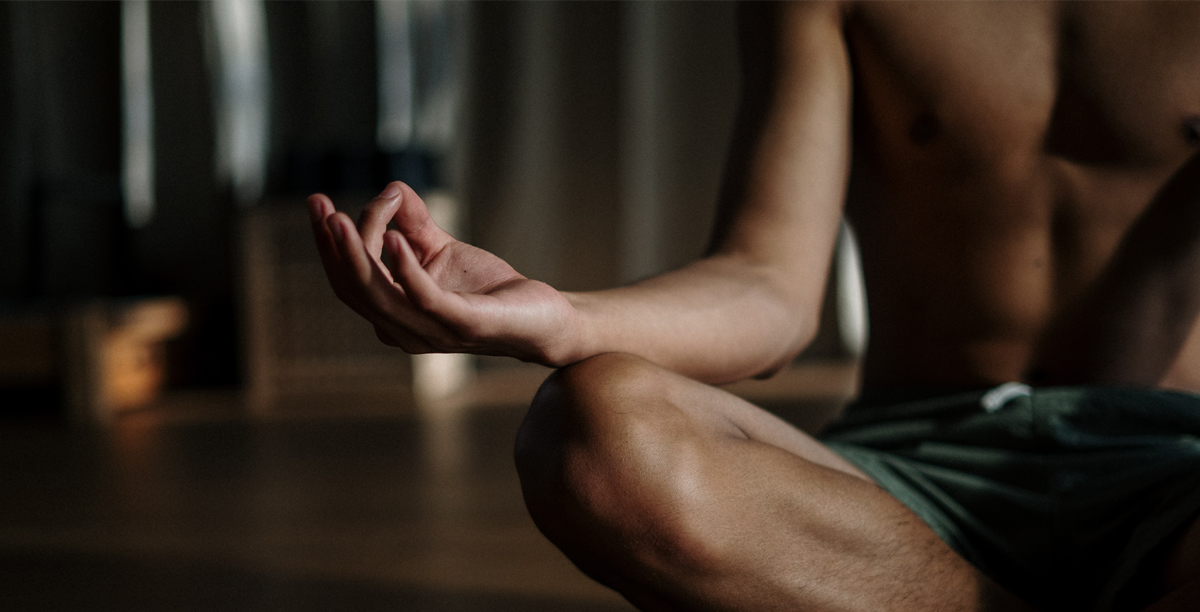
First responders often suffer from medical and psychological issues and complications due to the cumulative stress that occurs in their work. These issues can vary from insomnia, poor nutrition, irrational and aggressive behavior, self-harm, self medication via drugs or alcohol, and a shortened lifespan. Not dealing with the trauma of our day-to-day work can also result in secondary emotional traumatic stress from feeling disconnected, alone and unsupported by those around us.
According to research, up to 22% of first responders may develop psychological trauma and PTSD from responding to critical incidents. Stress management is crucial for first responders, however there is still stigma amongst our communities and culture surrounding self care, mental wellness and self awareness. The need to always be “tough”, capable and strong leads first responders to feel like they have failed if they are having difficulties coping and dealing with trauma and stress. It can bring into question one’s ability to perform their duties and to be “tough enough to do the job.” A coping mechanism that several first responders use when faced with mental trauma is to push it down, put it into a little box and ignore it. Now, we are seeing the results of that mindset. Ignoring stress and trauma only makes matters worse.
Acknowledging and managing stress is something we MUST do to be physically and mentally healthy and to cope with the pressure of being a first responder for a long term career.
The first responder community and society in general are slowly learning and accepting that mental wellness plays a large factor in a person’s overall wellness and small daily acts to become more mentally well help keep ourselves healthy and resilient. We can use tools such as yoga, meditation and breathwork and the many lessons they teach us to consistently improve our well being and become more resilient in adverse situations.
How can yoga help first responders?
And that’s just the MENTAL benefits!! By also taking care of your physical health and wellness with a yoga practice, you can prevent injuries and illness. As we at Blue Line Fitness Testing like to say, if you don’t take time for your wellness, you will be forced to make time for your illness.
Yoga is a small daily act that is accessible to everyone. Yoga is a method of mastering the body and mind, and has grown to be universally accepted as one of the best tools to manage stress, connect with your body and provide much needed self care. Yoga focuses on body awareness which helps one’s ability to focus and problem solve, gain more situational awareness and help make better gut reactions to situations. It helps regulate the brain and nervous system, so when a first responder is making quick life or death decisions, they are able to do so from a place of calm and clarity.
Those who practice mindfulness exercises such as yoga, often find their minds and bodies work in better harmony.
There are 5 ways yoga for first responders is different from other yoga classes:
- Tactical breath work to access and train the sympathetic and parasympathetic nervous system.
- Physical postures and poses that specifically help ease strain from a physically demanding day-to-day job.
- Mental and physical stability exercises that promote discipline, self awareness and control including dedicated time to sit with your feelings and fully experience and process them.
- Stress reduction for traumatic events by focusing on the psychological effects of stress rather than specific incidents.
- Targeting the specific needs of first responders with instruction tailored to allow for more physical space between participants lalong with specific verbal cues and exercises that take into consideration potential trauma inducing incidents.
First responders can use these tools throughout their day, no matter where they are. For example,
- Before shift starts or at the end of shift before you head to bed
- Driving in your patrol car
- On your way to an emergency call or debriefing after a major incident
- Dealing with stressful situations where you feel like you have little to no control
- Handling difficult people, including co-workers, supervisors and members of the public.
Yoga truly is a perfect tool for first responders to help them attain better health, wellness, happiness and improve their lives both in and out of the job. This simple yet effective practice can be done anywhere and is not just for those super flexible, bendy type of people. Regardless of your physical shape or ability, yoga can be tailored to work for you at any stage of your career.
Take a class with BLFT and join our community of first responders dedicated to living better physical and mental lives.
Yoga Classes

ALL-LEVELS FLOW
A variety of poses with a steady pace
Monday Evenings
- 6:30 PM – 7:30 PM

YIN YOGA
Deep stretches with a slower pace
Friday Evenings
- 6 PM – 7 PM with Deb

FLOW FOR ALL
Strength-building poses with a steady pace
Thursday Evenings
- 7 PM – 8 PM with Nikki







